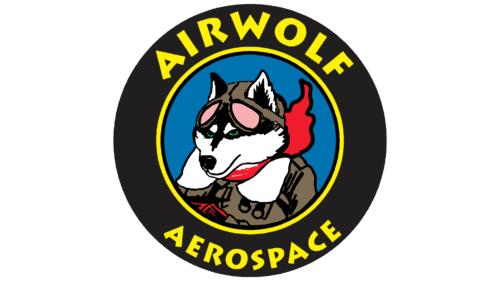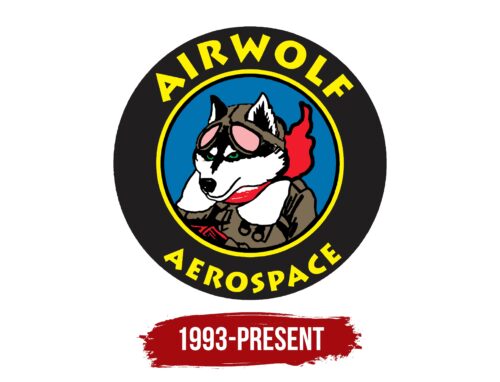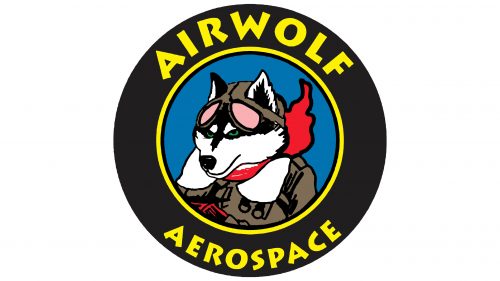The Airwolf logo is a vibrant emblem that captures attention with its unique design. It depicts a wolf dressed as a pilot, adding playfulness and distinctiveness, helping the airline stand out in the air travel market. The pilot wolf symbolizes professionalism, reliability, freedom, bravery, and the spirit of adventure. The company prides itself on meticulous attention to detail, striving for excellence, and providing personalized service to every customer, emphasizing the airline’s dedication to quality and unique travel experiences.
Airwolf: Brand overview
Airwolf was established in 1993 by John Montana in Middlefield, Ohio. Initially, it was a small airline focused on charter and cargo flights. From the beginning, Airwolf operated with a few turboprop planes, such as the Cessna Caravan and Beechcraft King Air, handling regional flights primarily across the Midwest.
By the late 1990s, Airwolf began to see stable profits under John Montana’s management. This allowed the company to invest in expanding its fleet and diversifying its services. In the early 2000s, Airwolf acquired larger jet aircraft, including Learjets and Challengers, to provide VIP charter services. The company added Cessna Cargomasters and Boeing 727-200s to start cargo operations.
Over the next decade, Airwolf expanded its charter and cargo services, securing several key corporate clients and establishing a niche in the regional aviation market in America. In 2015, celebrating over two decades in business, the company expanded its operations to include bases in Canada and Mexico.
Airwolf is recognized as an international aviation service provider with a fleet of about 30 aircraft. It offers cargo and passenger charter services and business aviation throughout North America. The headquarters remains in Middlefield, Ohio, and the company is still family-run, managed by John Montana and his successors.
Meaning and History
What is Airwolf?
It is a regional airline based in Middlefield, Ohio, founded by John Montana. The airline operates a network of domestic flights connecting small cities and regional destinations across the United States. Known for its reliable service and customer focus, it strives to provide affordable and efficient air transportation options. The airline’s fleet comprises various aircraft types suitable for short and medium-haul routes, ensuring passenger comfort and convenience and supporting the local economy by providing affordable air transportation.
1993 – today
Airwolf, operating from 1993 to the present, chose a memorable image of a wolf pilot for its logo. This symbol represents the animalistic strength, perseverance, and expertise that characterize the company and its products. The image of the wolf pilot embodies the traits of a dedicated expert, symbolizing a commitment to mastery and innovation in the aviation industry.
Airwolf’s company name directly relates to a popular 1980s American film and TV series featuring a supersonic, technologically advanced helicopter. This media inspired the company’s founders to choose this nickname, highlighting their specialization in developing and manufacturing helicopter parts.
The logo features a pilot wearing aviator glasses, evoking associations with the early period of aviation and the small propeller planes initially used by the company for charter flights. A black circle in the design represents a porthole, enhancing the aviation theme and adding a touch of classic recognition to the image.
The brand name, Airwolf Aerospace, is colored yellow and placed around the logo’s edges, reinforcing the aerial theme. The addition of the word “Aerospace” is significant as Ohio, where the company is based, is known as the birthplace of many NASA pilots and is considered a home of aviation pioneers. This fact emphasizes the region’s special connection to space and aviation technologies.
The Airwolf Aerospace logo reflects the company’s deep love for aviation and helicopters and its drive for innovation to create modern and technologically advanced aircraft. It showcases its close ties with its home state and significant contributions to aviation history.





